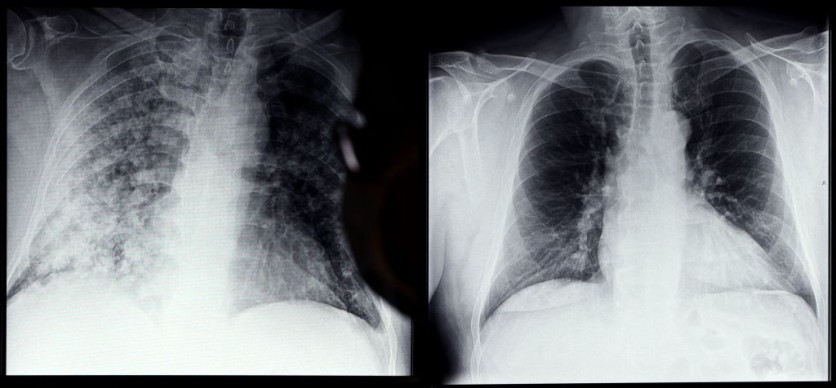Tiny robots with ultra-soft tentacles could potentially revolutionize the treatment of lung cancer, offering a more accurate and less invasive approach.
Developed by researchers at the STORM Lab in Leeds, the 2-millimeter-diameter tentacle is controlled by magnets, allowing it to reach small bronchial tubes with precision.

Magnetic Tentacle Robot
In a groundbreaking experiment, the magnetic tentacle robot was tested on a cadaver's lungs, showcasing its ability to reach 37% deeper than standard equipment, resulting in reduced tissue damage.
Professor Pietro Valdastri, the STORM Lab's Director, expressed excitement about this development, emphasizing its potential to revolutionize navigation within the human body.
The unique features of this robot, being specific to anatomy, softer than tissue, and fully shape-controllable through magnetics, present promising advancements in medical procedures.
Lung cancer, with the highest global cancer mortality rate, often requires highly invasive surgical intervention, leading to significant tissue removal and potential lung function impairment. Lung cancer screening programs have prompted the need for non-invasive early diagnosis and treatment.
The magnetic tentacle robot offers the potential to enhance lung biopsies through improved navigation and also opens the door to less invasive treatment options, allowing clinicians to precisely target malignant cells while protecting healthy tissue and organs.
Controlling 2 Magnetic Robots
Moreover, the STORM Lab has been exploring the capabilities of controlling two independent magnetic robots to collaborate within the human anatomy. This advancement could enable a robot to move a camera while another directs a laser to remove tumors, ultimately benefiting patients during endonasal brain surgery.
In order to address the issue of magnets attracting each other closely, the researchers devised a solution by designing the tentacle bodies to bend only in specific directions and by relocating the north and south poles in each magnetic robot.
They achieved success by simulating the removal of a benign tumor located at the base of the cranium, employing two robots in a confined area of the body. The research, which received joint funding from the European Research Council and the Physical Sciences Research Council, has been published in Advanced Intelligent Systems.
Zaneta Koszowska, the lead author, emphasized the significant breakthrough, as it enables diagnostic and surgical procedures to be conducted in small anatomical spaces.
"Our findings show that diagnostic procedures with a camera, as well as full surgical procedures, can be performed in small anatomical spaces," Koszowska said in a statement.
The development of tiny robots with ultra-soft tentacles and magnetic control opens up new possibilities in medical treatments. From navigating deep within the lungs to collaborating in confined anatomical spaces, this technology promises to transform medical practices and improve patient outcomes.
Related Article : Engineers Create One of the Fastest, Most Efficient Amphibious Robots Inspired by Flippers and Centipedes

ⓒ 2025 TECHTIMES.com All rights reserved. Do not reproduce without permission.




